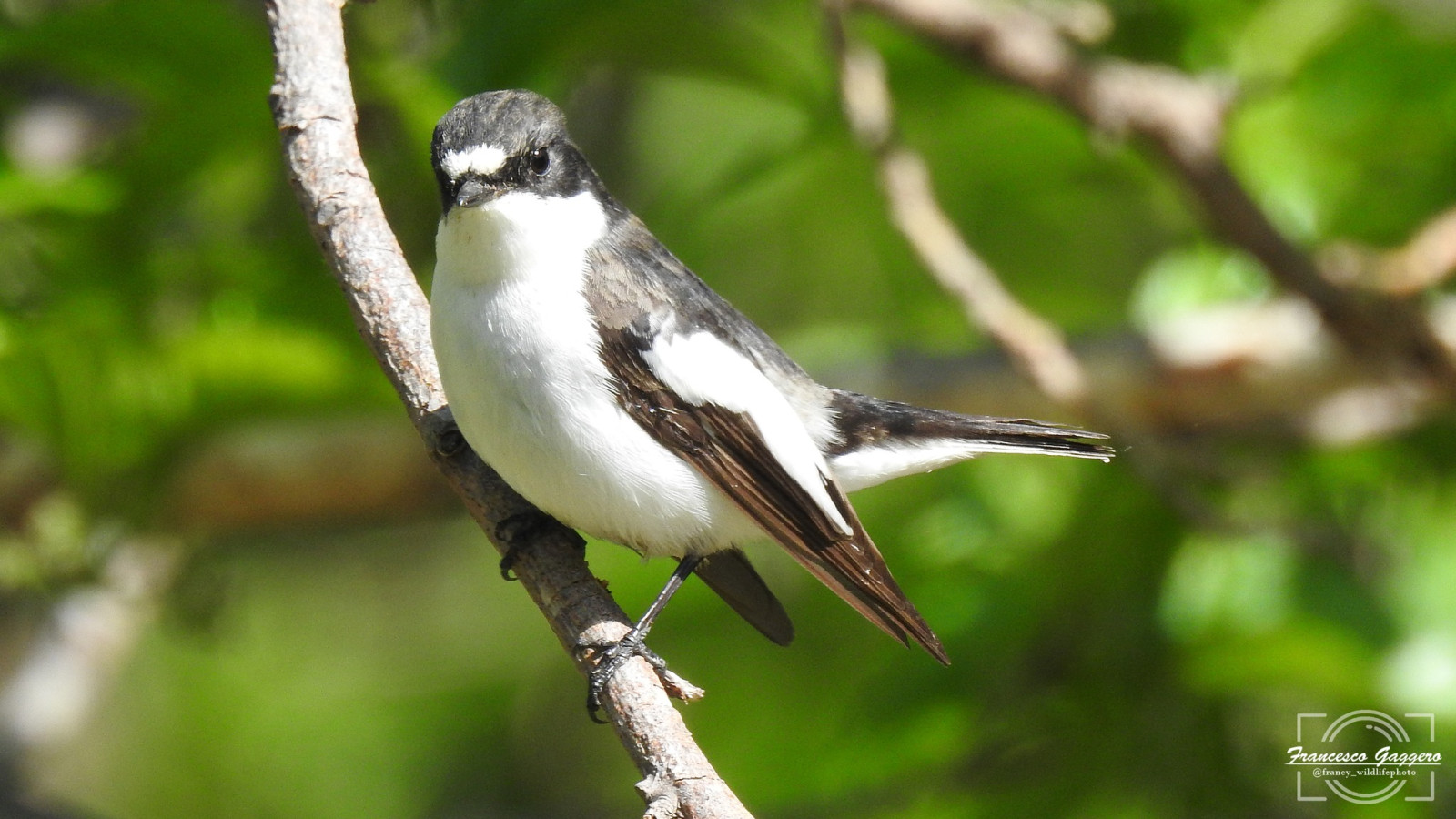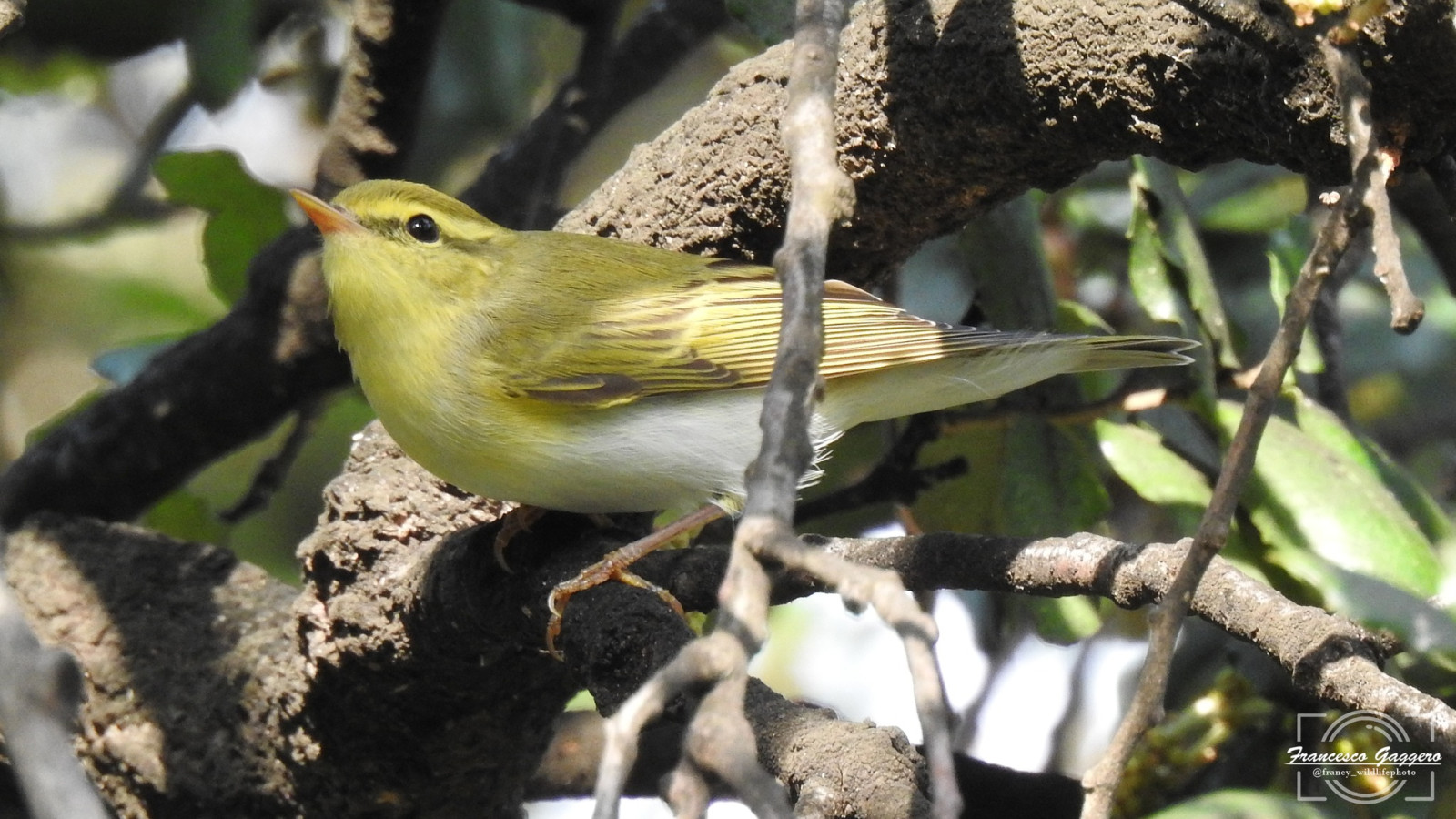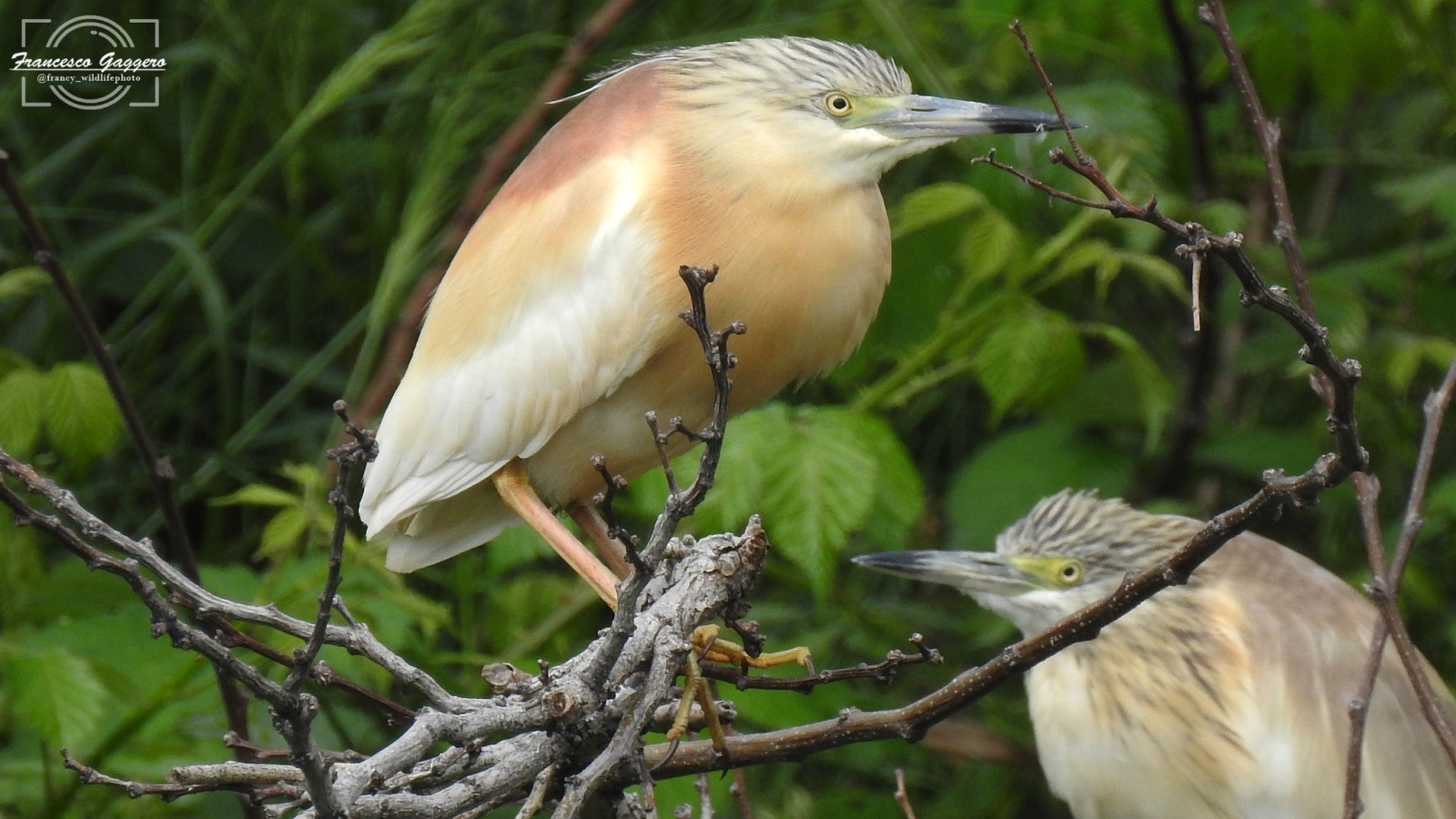Description
Fascia di Rispetto di Genova Prà. In winter and summer this park is not worth a visit since only common and urban birds are present. Vörösbegy, fekete rigó, Dolmányos varjú, Csóka, Sárgalábú sirály, Zöldike, barázdabillegető, can be found throughout the year. vörös vércse is present too but less common, and a örvös papagáj colony is now stable. During spring migration this place turns into a targeted stop for trans-Saharan passerines. You can find rozsdás csuk, Kormos légykapó, Kerti rozsdafarkú and Szürke légykapó perched on top of lampposts, stakes and benches while birds like Mezei poszáta, Bajszos poszáta and Moltoni's Warblerare hidden inside bushes, or eat bugs on top of trees such as Quercus ilex or Quercus suber, together with cserregő nádiposzáta, Énekes nádiposzáta, and other acrocephalus birds. The latter is particularly appreciated from insectivorous birds. Some years ago it was possible to see up to eight or nine different species, moving from branch to branch. On top of one tree I personally saw cserregő nádiposzáta, Nádirigó, Foltos nádiposzáta, Kerti poszáta, Déli geze, Kerti geze, Mezei poszáta, Moltoni's Warbler, Bajszos poszáta, and other birders saw kis poszáta, sisegő füzike and Nyaktekercs. A noteworthy species to mention is the Füleskuvik , but it was seen only once, resting on a tree.
vörösfejű gébics and Tövisszúró gébics stays on shrubs and are a regular presence during spring migration, together with Fülemüle, whose beautiful song can be heared. On the grass you may find sárga billegető of different subspecies (flava and cinerocapilla the commonest among the others) and Nyaktekercs. If you are really lucky also Kucsmás sármány can be found in late May/early June (1 the 2012/06/29, 2 (m+f) the 2013/06/1-2). Needless to say, the sky is covered with migrant Gyurgyalag, Füsti fecske, Molnárfecske and Sarlósfecske and for this reason Kabasólyom can be observed. Also Kék vércse is a regular presence.
Irregular and vagrant species need to be included too:
- during pandemic a Szalakóta was seen on a lamppost (2020/05/28). It was the first sighting of Coracias garrulus in the park, but in the upper hills the species is a regular migrant (6 together in May).
- Pásztormadár may occur during its periodical invasion in late May. They can be seen feeding on mulberries or sour cherry trees. (2018/05/29)
- a Törpesármány was seen 2018/04/16. Emberiza pusilla is a vagrant bird in Liguria region.
The surrounding area is noteworthy too: from the canal wooden bridge you may see törpegém (regular presence) and Vörös gém. Other heron species like Pásztorgém, Szürke gém, Nagy kócsag fly in formation above the canal and the city. The canal, which full name is Canale di calma di Pràm is a nice spot also in winter. Északi búvár is a regular winter species, and Füstös réce was a special guest during December 2017. Also, Dankasirály, Sárgalábú sirály are present.
The area near the ecological island is a real hidden gem, having hosted migrant passerines such as Kerti sármány (more than five together!), Foltos nádiposzáta, Erdei pityer, sárga billegető, Kék vércse, Kabasólyom, Mezei poszáta and also a pair of Fácán during pandemic. You can make a stop here, but I doubt this place will host again such a wide variety of species. May is the perfect month to admire Darázsölyv migration: if you are lucky enough and the wheather condition is good, you can sit on the park bench and see flocks of raptors flying above the city. Also, Barna kánya, Kígyászölyv and Törpesas are regular migrant raptors that you can spot from March to May.
Details
Access
The park is accessible by car and by bus. There are two car parks, one at west and one, bigger, at east. There are also 2 near bus stops.






